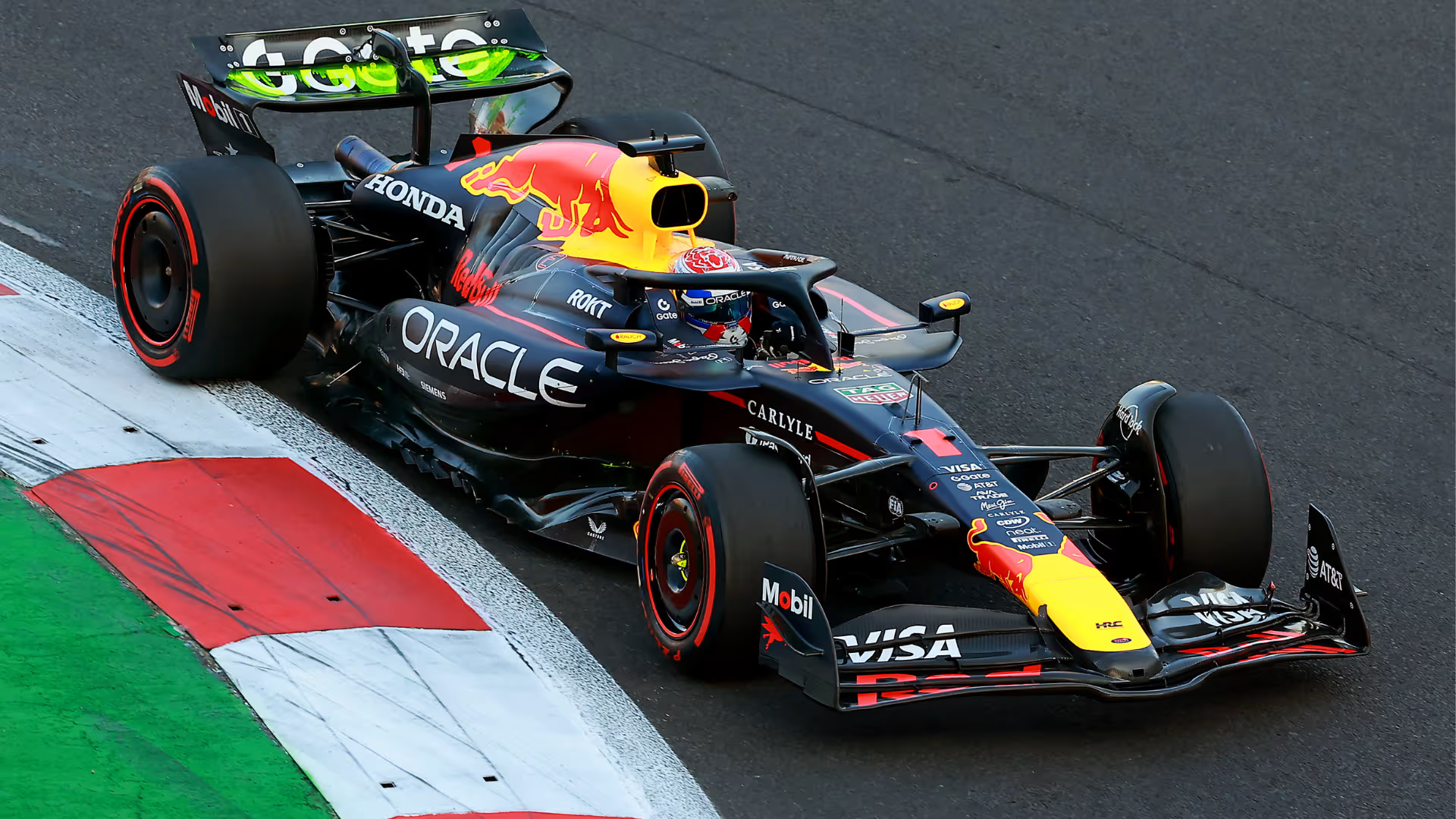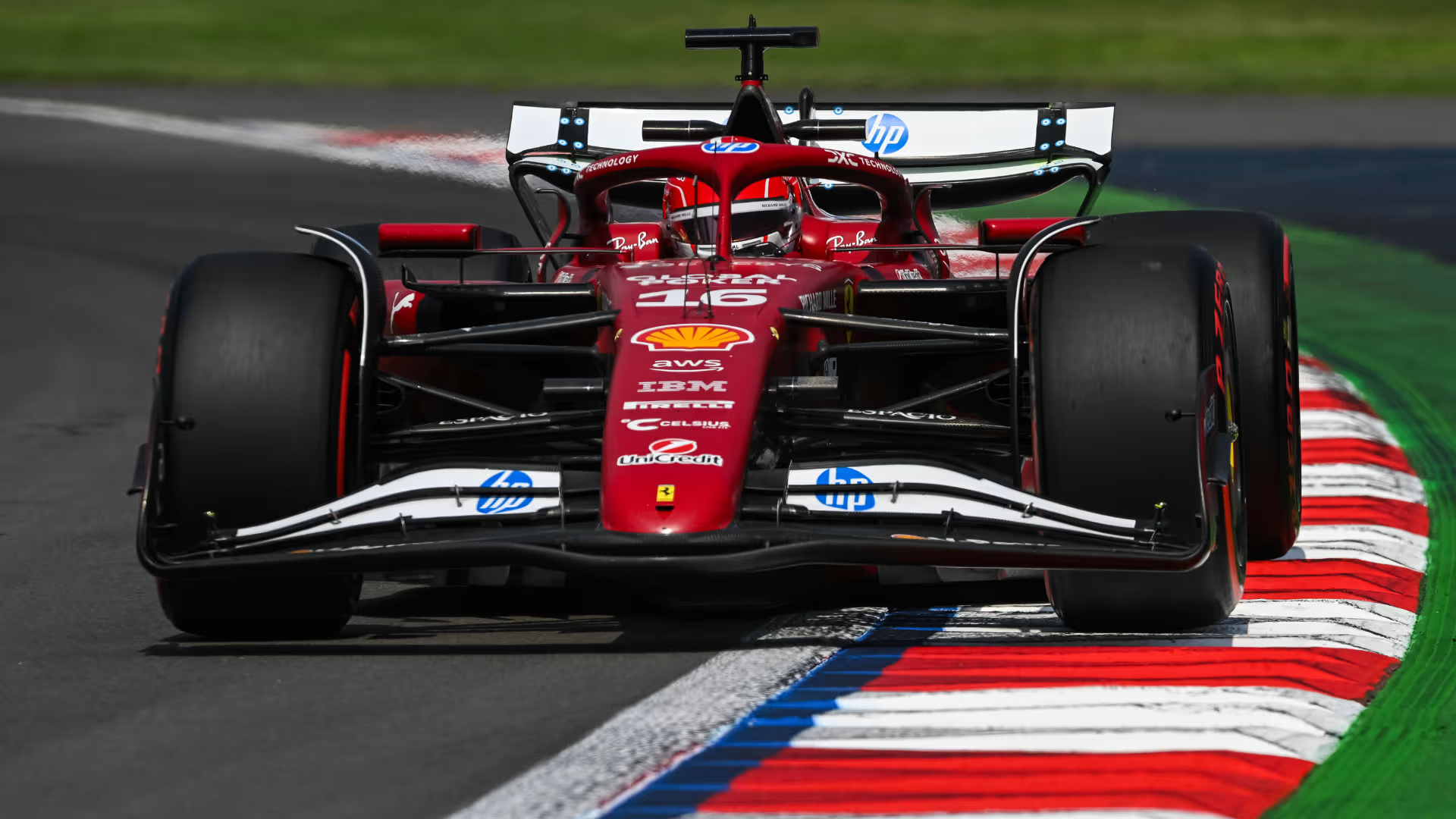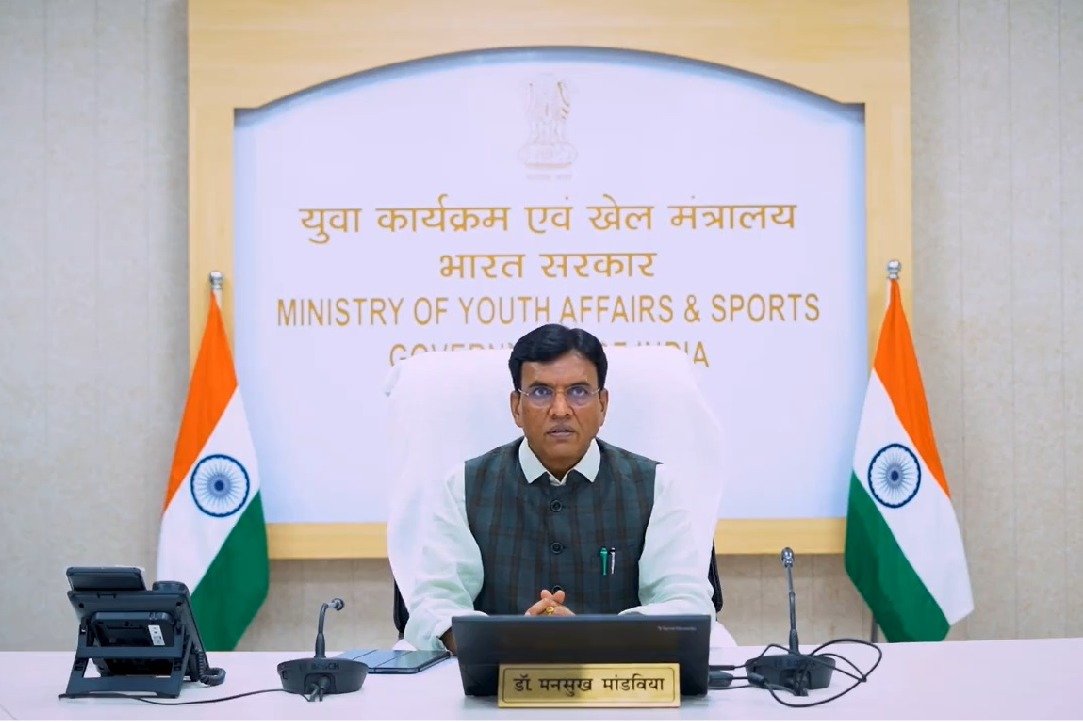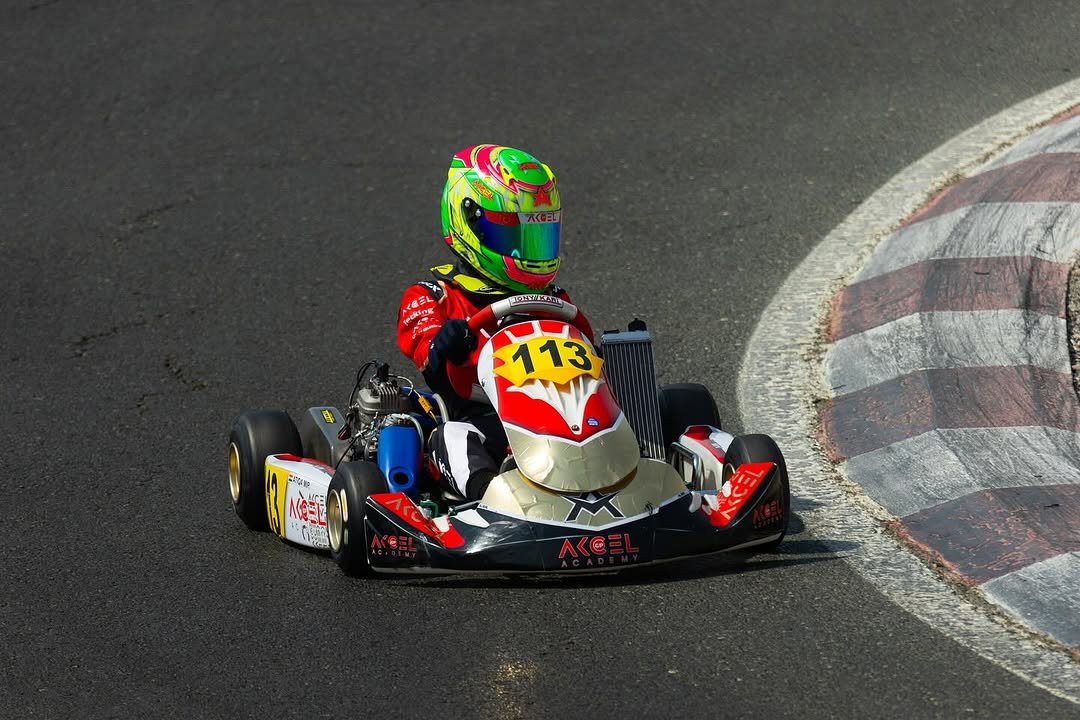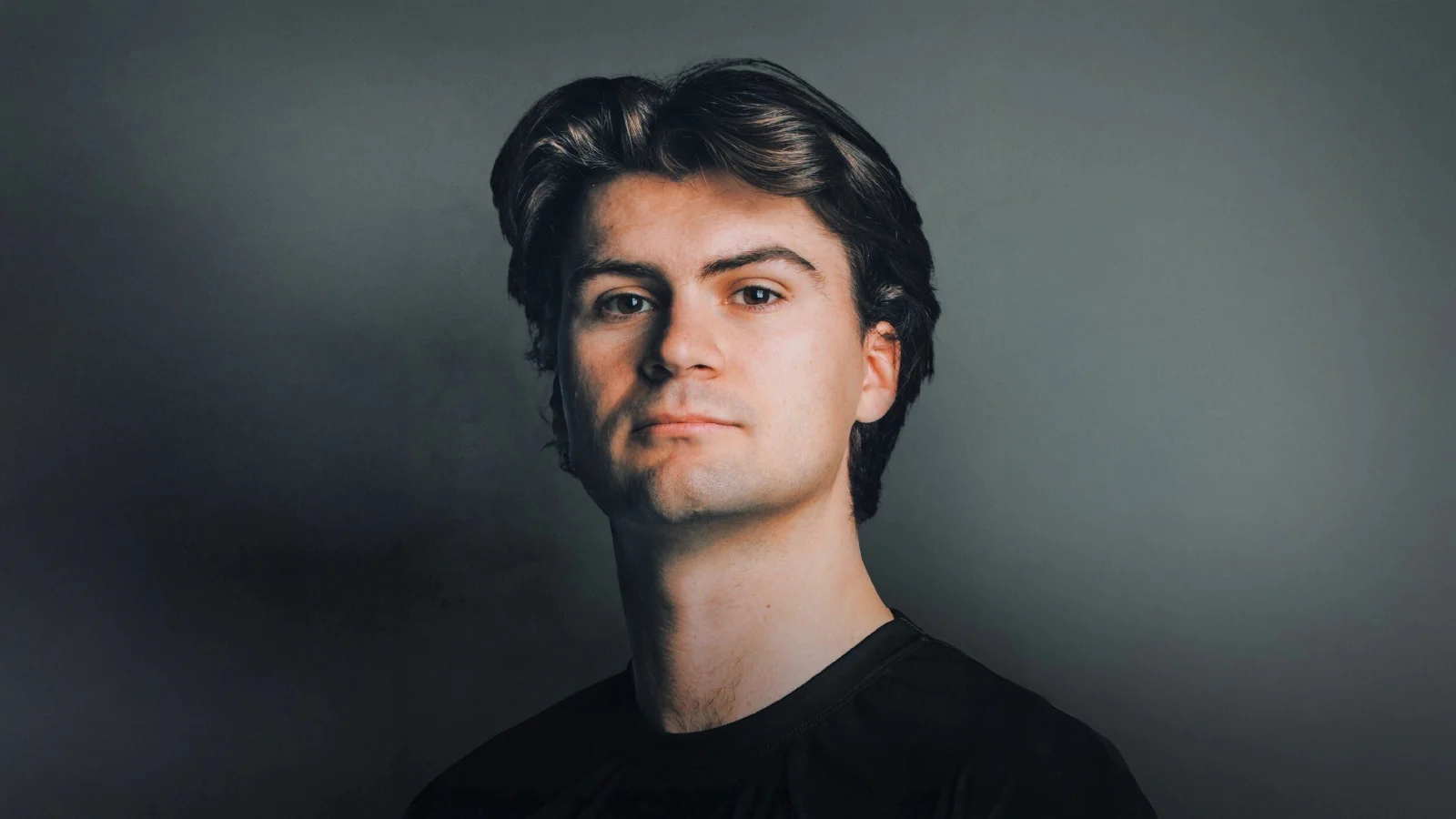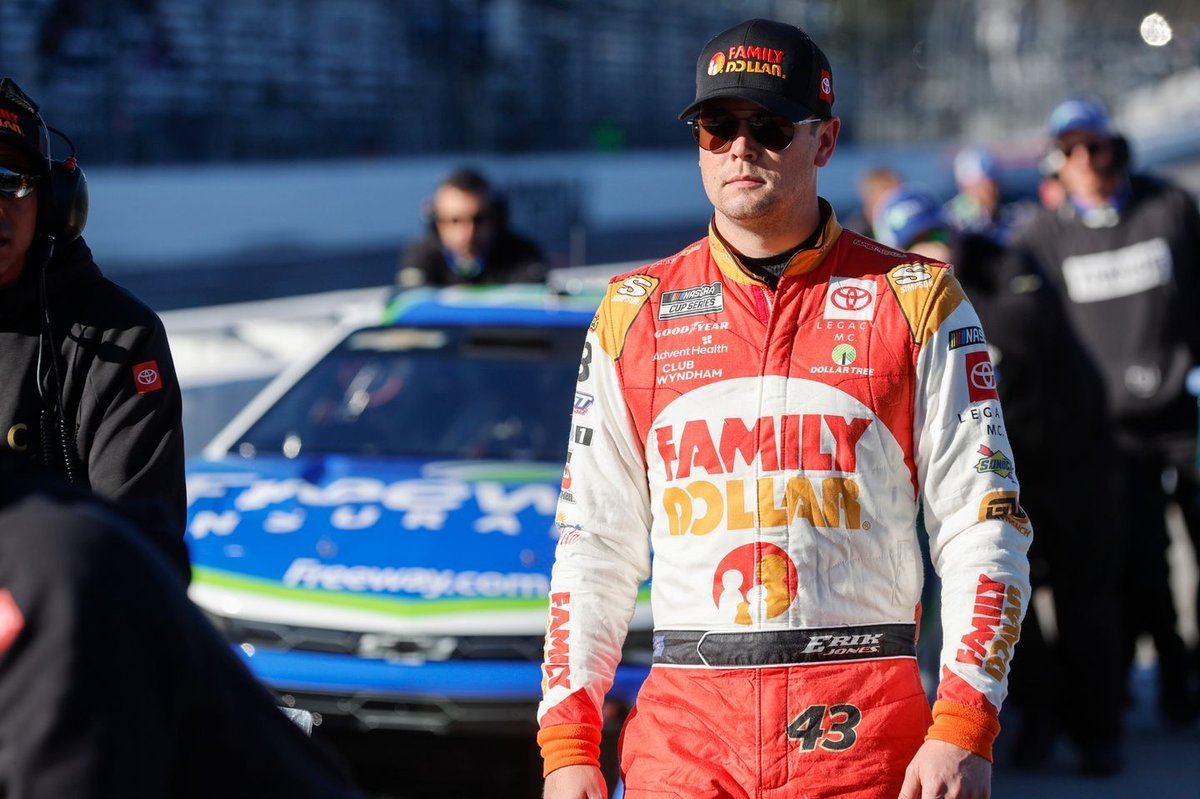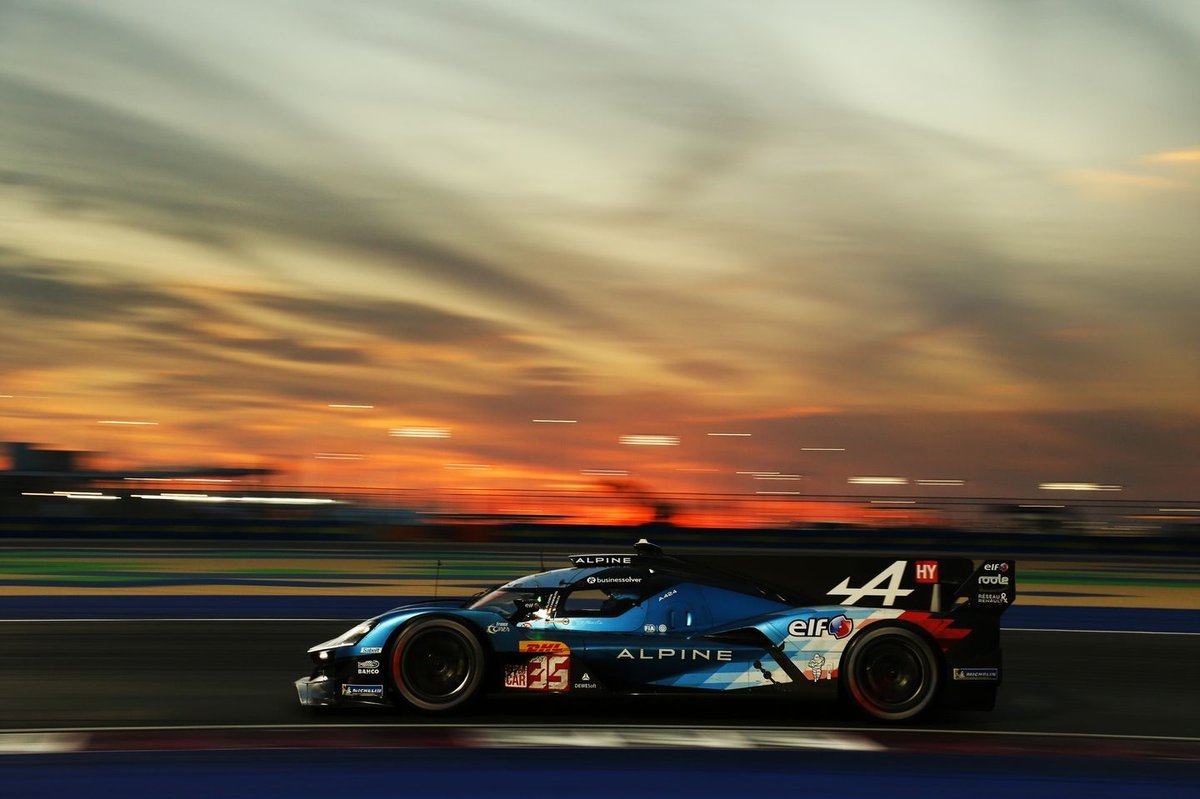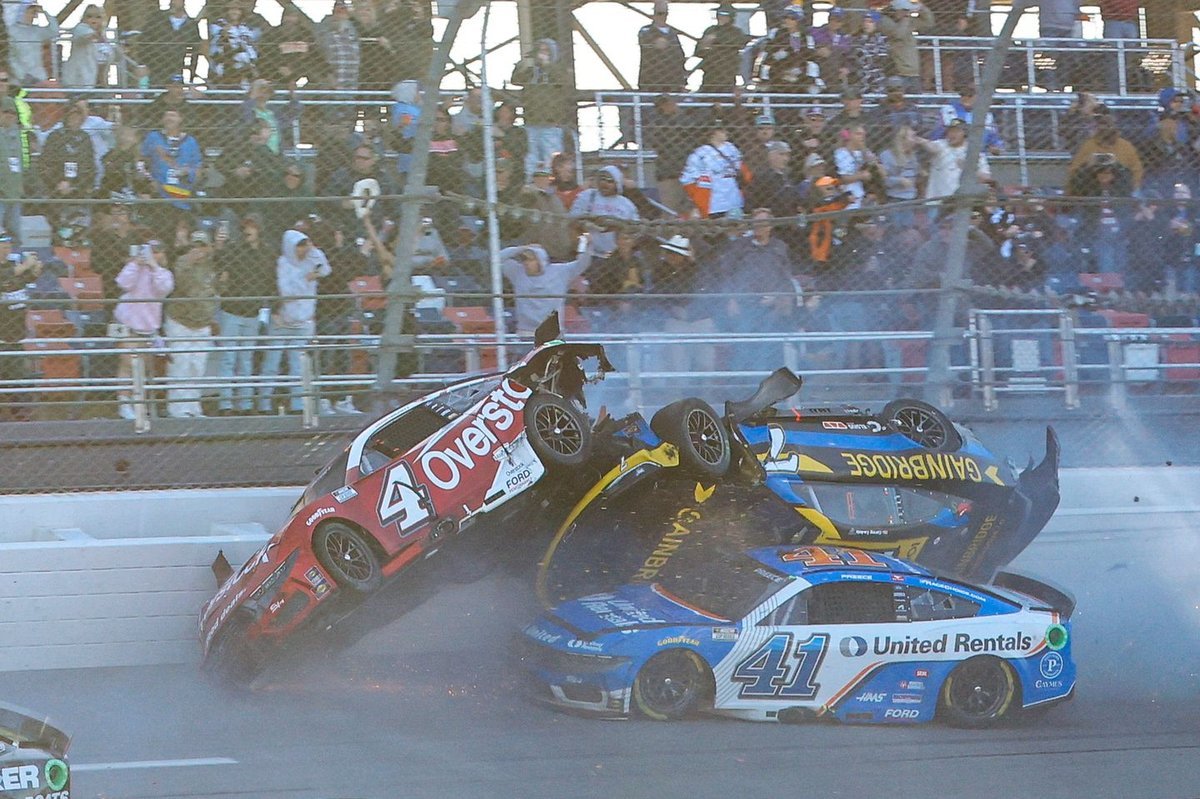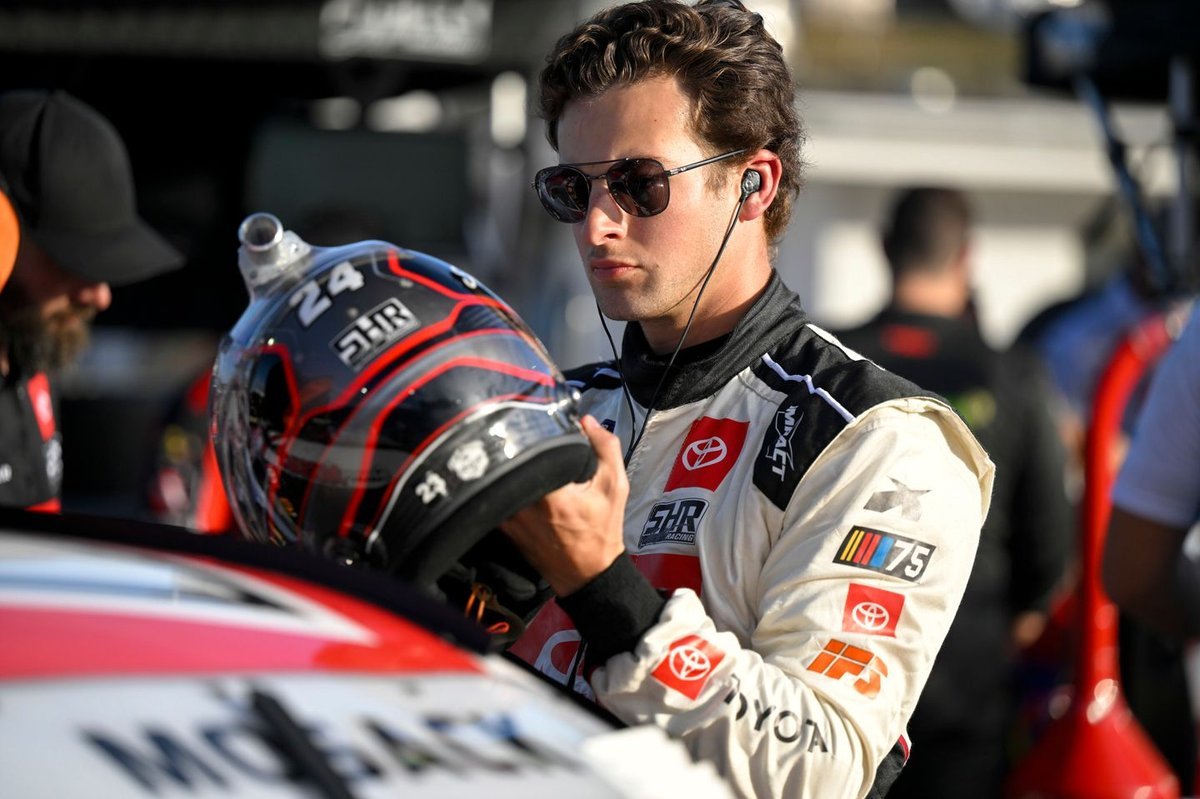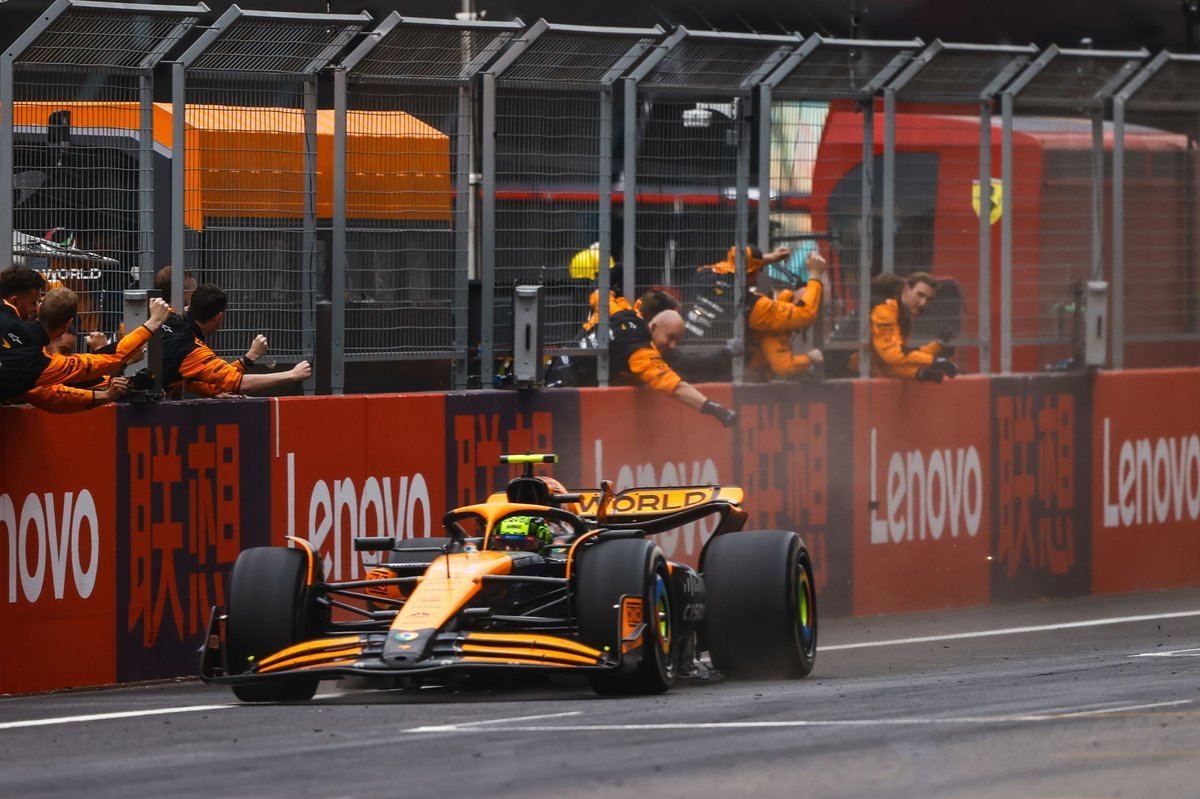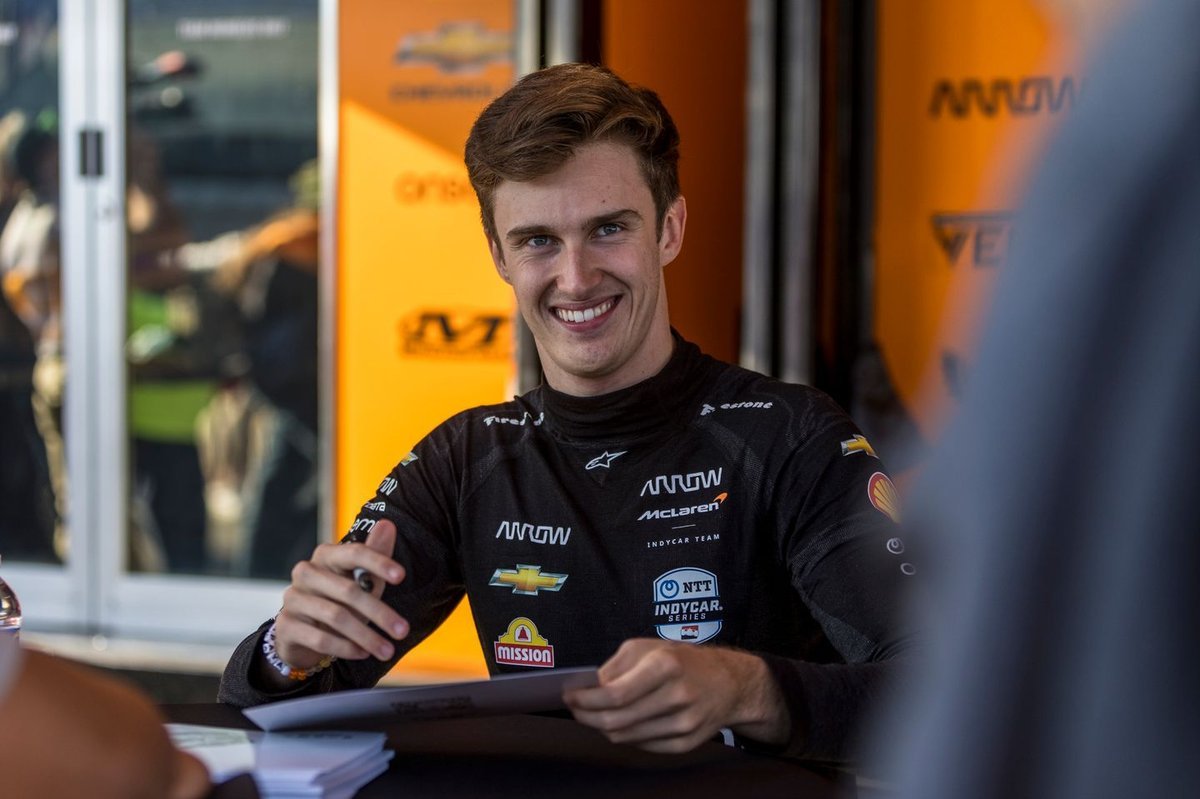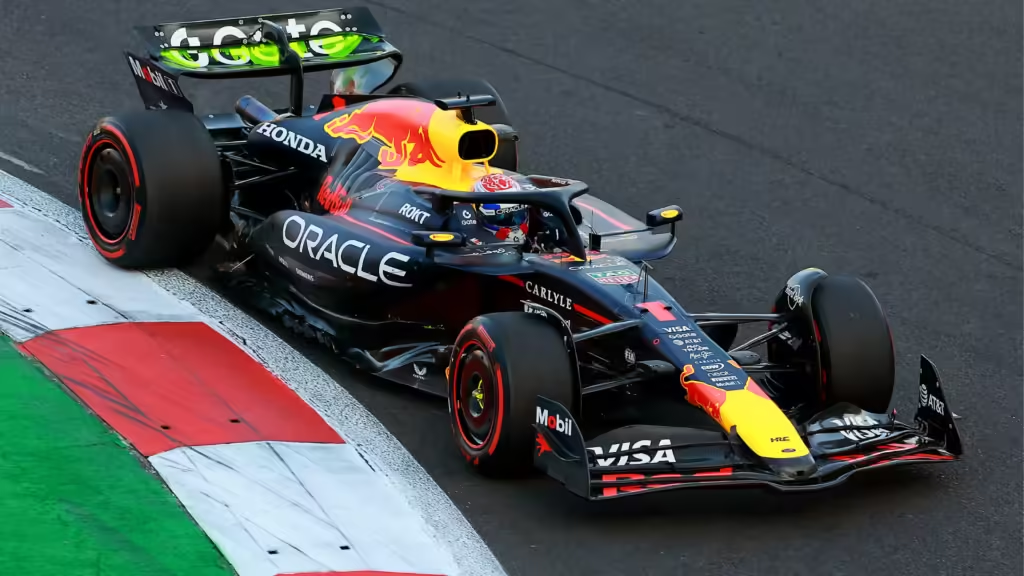
n the Mexico City GP, Verstappen leads ‘FP2’ with Leclerc and Antonelli close behind, as teams battle low-grip conditions.
Introduction
It was a bright, sun-lit afternoon in Mexico City, where the roar of engines echoed around the Autódromo Hermanos Rodríguez and the weekend story of the 2025 Mexico City Grand Prix began to take shape. In the second practice session (FP2), the reigning world champion Max Verstappen emerged fastest—all eyes on him as he edged ahead of Charles Leclerc and rookie sensation Kimi Antonelli. Yet beneath the time sheet triumph lies a more complex story: of tyre struggles, gearbox issues and an unexpected rookie rotation that reshuffled the usual rhythm. Let’s dive into how FP2 unfolded, what it tells us about the weekend ahead, and what it might mean for the contenders.
1. Why FP2 mattered in Mexico City
Free Practice 2 is always significant—but in Mexico City this year it carried extra weight. The earlier FP1 session was largely taken up with rookie drives, meaning many of the regular race drivers only had their first meaningful track time in FP2. The real test for car setup, long-run pace, and tyre behaviour therefore came in this one-hour slot. Many teams treated FP2 as a dress rehearsal for Qualifying and the race, making it a key snapshot of where everyone stands.
2. The rookie rule shake-up in FP1
This weekend featured a twist: nine of the full-time drivers sat out FP1 while the teams placed rookies in their cars to fulfil regulations. With those drivers back in FP2, the field was essentially reset. As one live-blog noted: “Nine drivers return to their cockpits … for this important FP2 session.” PlanetF1+2Formula 1® – The Official F1® Website+2 That meant we got fresh benchmark times in FP2, rather than leftovers from FP1, which added to the intrigue.
3. Warm, dry conditions and what that meant
At 16:00 local time, the track surface was warm and dry, providing near-ideal conditions for the first full practice session of the regular drivers. Medium tyres were mostly used early on, switching later to soft compounds when flying laps were attempted. All 20 cars peeled out of the pit lane within minutes of the green light—so the session moved swiftly into business. Formula 1® – The Official F1® Website+2Formula 1® – The Official F1® Website+2
4. Verstappen’s blistering lap and what followed
Max Verstappen laid down a marker early in FP2. He posted a time of 1 m 17.392 s, putting him ahead of everyone. PlanetF1+2PlanetF1+2 He had not run in FP1, yet instantly showed pace. On the soft tyres he looked strong, but he was candid afterwards: the longer runs on medium tyres were problematic. He radioed: “I have no grip – it is like driving on ice.” Motorsport+1 His comments raise a red flag: quick in one-lap trim, but not entirely comfortable over a stint.
5. Leclerc’s challenge: close but not quite
Charles Leclerc of Ferrari came up just 0.153 seconds behind Verstappen (1 m 17.545 s) to claim second fastest in FP2. PlanetF1+2GPblog+2 He had earlier set the pace in FP1, showing consistency and speed. But when the big guns arrived in FP2, the benchmark had already shifted. Leclerc looked strong, but the gap—while small—is telling in the ultra-tight top tier.
6. Antonelli’s ups and downs: third despite trouble
Rookie (or very young) driver Kimi Antonelli—driving for Mercedes—had a bumpy FP2. He reported trouble early on with his W16 car (“initial instruction being to ‘limp home’”), then returned after work on the car and still managed to slot into third with a time of 1 m 17.566 s (+0.174s). Formula 1® – The Official F1® Website+1 That shows raw pace under pressure, which is impressive. But his session was disrupted, meaning his long-run picture is less clear than his time sheet suggests.
7. McLaren’s struggle: Norris and Piastri under pressure
For the McLaren team, the results were less comforting. Lando Norris claimed fourth (1 m 17.643 s) but his teammate Oscar Piastri ended only 12th (1 m 18.232 s) in the session. PlanetF1+1 Piastri’s performance continues a trend of being off the front-running pace, and the Netherlands driver’s gap to the leader will raise eyebrows. Norris too said the car felt off at times. McLaren may now have to dig a bit deeper to keep pace.
8. Tyre talk: grip like ice, long runs tricky
One of the recurring themes of the session was tyre grip—or rather, the lack of it. Verstappen himself likened the medium tyres in certain runs to “driving on ice.” Motorsport+1 Many drivers reported low grip levels and rear tyre struggles in longer stints. With the high-altitude Mexico City circuit and its thin air, tyre behaviour becomes particularly important. Teams will want to know: can the pace hold over race distance, or will degradation bite? As one post-session summary noted: “long runs paint a darker picture for Red Bull.” Motorsport
9. What the teams said afterwards
Behind the scenes, teams were frank. For example, Mercedes said that while Antonelli looked “competitive … the low grip conditions” were a significant challenge. Formula 1® – The Official F1® Website Red Bull noted that the short-run pace was there for them, but the long-run worries persist. Ferrari appeared content with their early showing via Leclerc but will still push for more. Essentially: speed is one thing, but staying fast for the full stint might decide the race.
10. What this could mean for Qualifying and the race
With the times posted in FP2, the front-row battle looks likely to involve Verstappen, Leclerc and Antonelli. Yet the logic of race strategy suggests it may not end there. Long-run problems for Red Bull could open the door for Ferrari (and possibly McLaren) to strike if they manage tyre wear better. Qualifying will still reward raw pace, but come race day the strategy and durability will matter. If Verstappen’s long-run issues persist, the door might open for others.
11. The broader championship angle
In the context of the wider championship, Verstappen topping FP2 sends a message: he still has the speed and is very much in contention. But the caveat of his run-pace issues means that the fight could be more complex this weekend. For Leclerc and Ferrari, this shows potential and the chance to capitalise. For Antonelli, a third place despite disruption is a bold statement about his ability and future. McLaren’s relative struggle may tighten the title race further as they try to fight back. In short: the story of the weekend may be written in these subtleties, not just the headline times.
Conclusion
Friday’s FP2 session at the Mexico City Grand Prix set the stage for an interesting weekend. Max Verstappen demonstrated his trademark speed, posting the fastest lap of 1 m 17.392 s while Charles Leclerc and Kimi Antonelli followed closely. But beneath the figures lies nuance—tyre grip concerns, long-run uncertainties and rookie dynamics all play a part. As the teams head into FP3 and then Qualifying, the real question will be: who can convert raw pace into sustained performance? And at this altitude, sustained performance might just matter the most. Stay tuned: the heat is on.
FAQs
Q1: Why did so many drivers skip FP1 in Mexico City?
A1: Teams used FP1 to give mandatory track time to rookie or reserve drivers, meaning the regular drivers missed that opening session and only got their full stint in FP2. PlanetF1+1
Q2: What time did Max Verstappen set in FP2?
A2: He set a time of 1 m 17.392 s to top the times in FP2. PlanetF1+1
Q3: Why did Verstappen complain about the tyres?
A3: He reported a lack of grip on the medium tyres in longer runs, saying it felt “like driving on ice”. Motorsport
Q4: How did Kimi Antonelli perform in FP2?
A4: Despite early mechanical issues, Antonelli managed to finish third with a time of 1 m 17.566 s—just 0.174 seconds behind Verstappen. PlanetF1+1
Q5: Does topping FP2 mean Verstappen will win Qualifying or the race?
A5: Not necessarily. While his one-lap speed is a strong sign, his long-run performance showed weaknesses, especially with tyre degradation. The weekend win will likely depend on who manages race pace and strategy best—not just a single fast lap.

